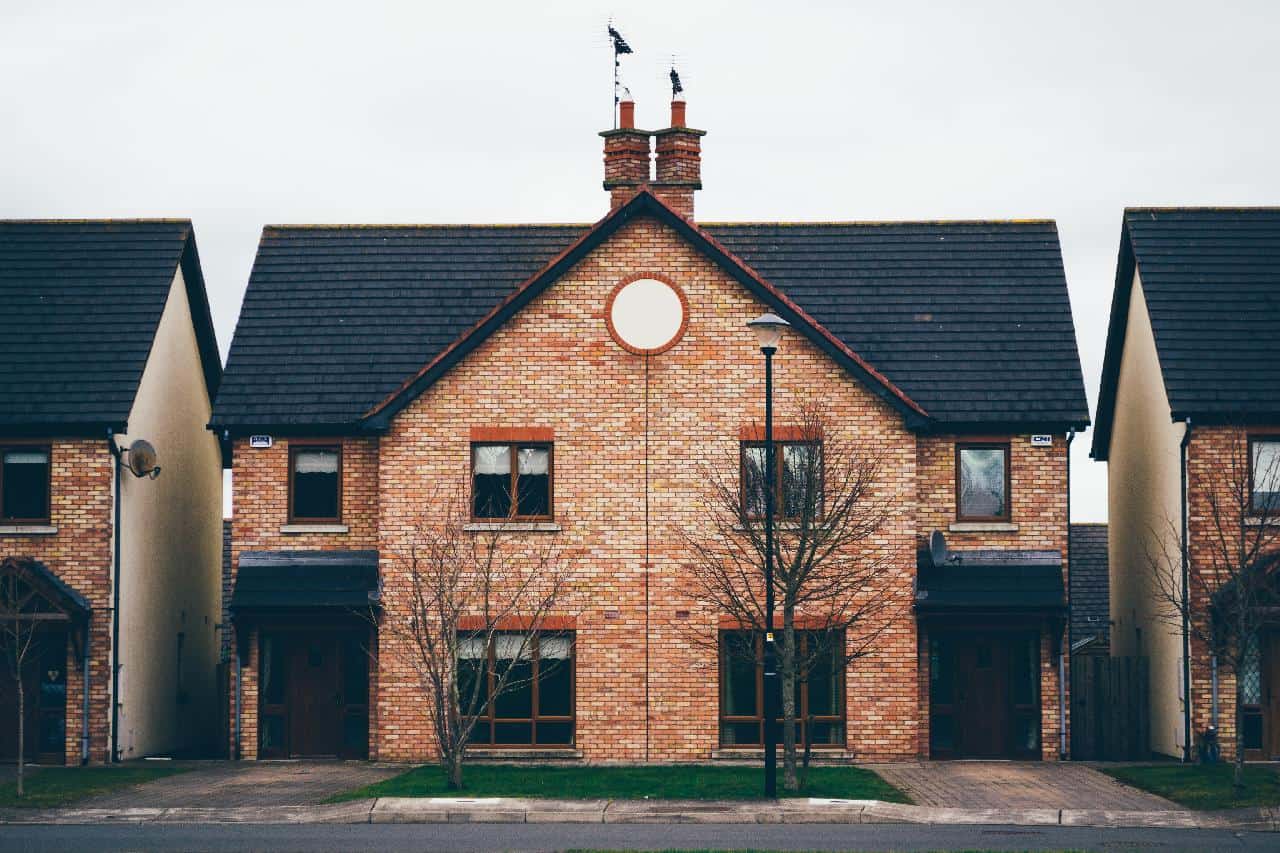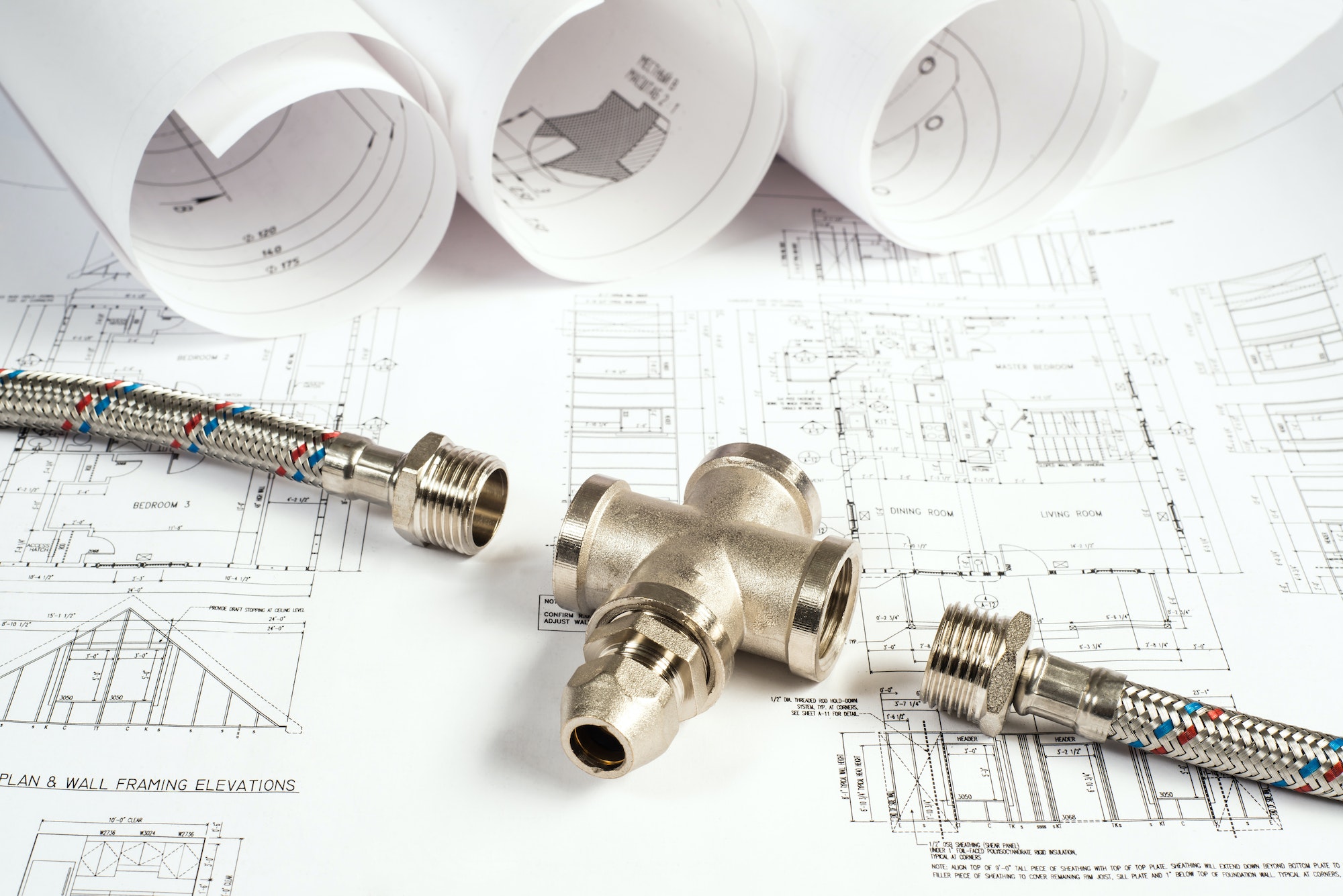The concrete industry is valued at close to $60 billion right now. A big reason for this is that people use it to build foundations of all types.
If you are going to build a new construction home, start by learning all you can about the different kinds of foundations. Read on to learn about the various types of foundations for homes.
The Types of Foundations for Homes You Can Install
Considering the various types of foundations takes a little bit of research on your behalf. In addition to learning the difference between cement and concrete, follow the tips below:
- The Crawlspace Foundation
Single-family homes with crawlspaces that are cared for enjoy about 15% energy savings each year.
Having a solidly built crawlspace foundation helps you make the best use of the space, with materials that are protective and thermally efficient. The foundation serves as a four to the 3 to 4 feet of space above it.
These foundation walls are short and provide additional ventilation to this space. They’re typically fabricated from concrete and can include some vents that add to the airflow that the space receives.
- The Basement Foundation
Your basement is a floor that is deeply constructed into the lower portion of your house. As such, these are also the deepest of the foundation types.
An unfinished basement will typically have a raw floor space that is made with poured concrete. A finished basement may have another type of floor installed over the type in order to create another useable room.
Finishing a basement improves your home value by 70% to 75% ROI. It essentially adds to your home’s square footage by adding more functionality to the home.
A daylight basement foundation includes one or multiple sides that are embedded into the ground beneath it. A full basement is a type that is embedded at least 3 feet into the ground beneath it.
- The Pier Foundation
This is a form of foundation that is built with individually shaped pieces of concrete. These concrete slabs are similar to brick pavers and are cut into either rectangular or round pieces.
When these foundation points are strategically aligned, they will be able to balance the property above. Because these parts are arranged with such strategy and precision, they also end up being some of the most sturdy and long-lasting foundation options available.
- The Slab-on-Grade Foundation
With the slab-on-grade foundation, concrete pads are arranged to create a solid setting. These are cost-effective measures that are also energy-efficient.
People really on slab-on-grade foundations that are used to prevent freezing and leaks.
- The T-Shaped Foundation
You can choose a T-shaped foundation when you are trying to adapt to cold climates. It is built on top of concrete footing and helps to maintain the structural integrity of the building.
These foundations also have a layer of wire mesh that will create a barrier that prevents cracking and peeling. It is built with geometric designs that allow heat to escape. When heat isn’t allowed to escape the foundation it will create condensation and moisture issues that will keep damaging the concrete.
The T-Shaped foundation happens to be one of the most sturdy and secure because it is built so widely. This allows for an even distribution of weight that is great for the entire property.
- The Frost-Protected Foundation
Frost-protected foundations are built with cold weather in mind every step of the way. The foundation is fabricated using spray foam that is shaped into a rigid mount that acts as the foundation of your home.
This begins with laying down some gravel that acts as the floor. The spray foam is aligned over the top of it in order to get one of the most cost-effective basement options that you can find.
In many cases, this type of basement can be built with just one layer of spray foam. This saves you a lot of money on materials, while still allowing you to get the longevity and sturdiness that you need.
Because this type of basement is built so tough, you largely decrease the likelihood that you will have to put up with any sorts of cracks or breaks during the cold months.
- The Concrete Slab Foundation
Finally, a concrete slab foundation is helpful because it has durability and strength. It is built with a solidly fabricated concrete block. These blocks are typically made at depths between 4 inches and 8 inches.
These blocks are also reinforced with steel railing that gives it an extra layer of sturdiness and protection. Cost-effectiveness is another benefit of a concrete slab foundation. You will get more bang for your buck and an incredible return on your investment.
Further, concrete slab foundations are resistant to moisture and you are less likely to deal with problems related to termites and mold infestations.
Look Into the Best Foundations That You Can Find
There are several different types of foundations for homes that you can shop around for.
Now that you know a little bit more about the various types of foundations, you can start consulting with a professional that can install it for you. Get your creative juices flowing so that you can get the right installation that you need.
Your basement is the most critical structure for your home, so put your thinking cap on as you shop around.
Think about these points so that you can do what’s best for your home. Check back for all you need to know about building and architecture.
Discover more from Futurist Architecture
Subscribe to get the latest posts sent to your email.


![modern apartment [article_title]](https://www.futuristarchitecture.com/wp-content/uploads/2025/03/6-Unorthodox-Tips-to-Sit-Like-a-Rebel-in-Your-900x600.jpg)
